By Tommy Clarkson from the December 2014 Edition
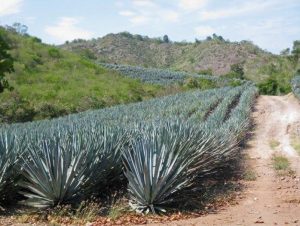
Agave, Nephrolepis exaltata – I
Family: Agavoideae
(Also known as Century Plant, Maguay or American Aloe
The Greek word agauos means “of kings and heroes, illustrious, hence noble” and, good full-time residents of Mexico as we are, we’ll drink to that! (Have you ever had one of Patty’s Mango Margaritas? If so, you’ll understand!)
The several varieties of Agave are native to Mexico, Central America, and the southwestern desert of the United. But as, perhaps, Mexico’s most iconic plant it most often thought of as being from the Land of the Aztecs, Mayans and Toltecs.
Arriving in “New Spain” in 1529, Franciscan friar Bernardino de Sahagún described agave as looking like a giant artichoke and cited how the local farmers planted rows of them to anchor terraced farming fields. He was especially interested in the agaves’ medicinal properties and took note of its use in rituals.
In the 1843 published “The History of the Conquest of Mexico” by William H. Prescott, he, as well, referred to the agave with admiration. He cited how “the miracle of nature was the great Mexican aloe, or maguey, whose clustering pyramids of flowers, towering above their dark coronals of leaves. Its bruised leaves afforded a paste from which paper was manufactured, its juice was fermented into an intoxicating beverage, pulque; its leaves further supplied an impenetrable thatch for the more humble dwellings; thread, of which coarse stuffs were made, and strong cords, were drawn from its tough and twisted fibers; pins and needles were made from the thorns at the extremity of its leaves; and the root, when properly cooked, was converted into a palatable and nutritious food. The agave, in short, was meat, drink, clothing and writing materials. Surely, never did Nature enclose in so compact a form so many of the elements of human comfort and civilization!” Now, there was a man who admired the Agave!
The twentieth-century Mexican historian Fernando Benítez described the maguey in this way, “Like a horse of the plant-world, it is capable of retaining a great quantity of water and making it through the worst of droughts. So as to not let go of a single drop, it armors itself like medieval warriors with an impermeable shield and numerous thorns to keep its enemies at bay.”
Its other name, Century Plant, isn’t quite correct with the life span of an Agave ranging from five to seventy years. However, a common trait of all the 200 species is that each plant flowers but once. After that, the mother plant dies, leaving her offspring to grow from its roots and flower seeds. The flowers, however, are rather spectacular perched high atop the plant’s stalk that, on the largest plants, may be 24 to 30 feet (eight to ten meters high.
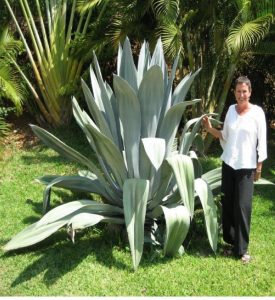
Now here’s an interesting fact! In the late 19th century, when farming boomed in the mid-west U.S., the three feet (one meter) long fibers from Henequen agave was used to make twine to bale hay. The fiber – known in the United States as sisal – was called that because it was shipped from the Yucatecan port of Sisal. The Henequen haciendas in the Yucatan provided a tremendous source of wealth. In fact, at the turn of the twentieth century, the city of Merida had the world’s highest per-capita number of millionaires with these palatial mansions still lining Paseo de Montejo.
However and somewhat obviously, today’s best known agave products are tequila most of which is made in the State of Jalisco with and mezcal mainly produced in Oaxaca. Both of these modern day drinks are produced through a European distillation process. The early Mesoamericans simply fermented the agave sap to produce pulque. This is a liquor with an alcoholic content similar to
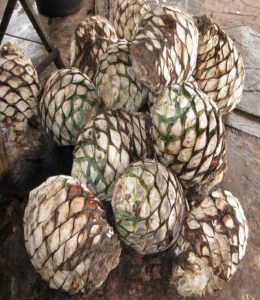
beer – a tradition still maintained today. But, in that the fermentation never stops one can’t bottle pulque.
Probably the most recognized is the Blue Agave, often pictured on Tequila brand labels. Some of the other wellknown species are Agave American, Agave American ‘Variegata’ often called the century plant in nurseries, Agave parryi (Mescal Agave) and Agave Victoria-reginae, or called by one of two common names, the Queen Victoria Century Plant and Royal Agave. Another favorite of mine is the Green Agave, Agave salmiana ‘Green Giant’
Some of the most extensive plantations remain in the Yucatan Peninsula’s henequen fields. In turn, perhaps the fastest growing agave thrives along the Texas border with Chihuahua and Coahuila where that species’ flower stalk grows at the rate of a foot a day!
For back issues of “Roots”, gardening tips, tropical plant book reviews and videos of numerous, highly unique eco/ adventure/ nature tours, as well as memorable “Ultimate Experiences” such a Tropical Garden Brunches and Spa Services, visit us at.. www.olabrisagardens.com
Download the full edition or view it online
—
Tommy Clarkson is a bit of a renaissance man. He’s lived and worked in locales as disparate as the 1.2 square mile island of Kwajalein to war-torn Iraq, from aboard he and Patty’s boat berthed out of Sea Bright, NJ to Thailand, Germany, Hawaii and Viet Nam; He’s taught classes and courses on creative writing and mass communications from the elementary grades to graduate level; He’s spoken to a wide array of meetings, conferences and assemblages on topics as varied as Buddhism, strategic marketing and tropical plants; In the latter category he and Patty’s recently book, “The Civilized Jungle” – written for the lay gardener – has been heralded as “the best tropical plant book in the last ten years”; And, according to Trip Advisor, their spectacular tropical creation – Ola Brisa Gardens – is the “Number One Tour destination in Manzanillo”.
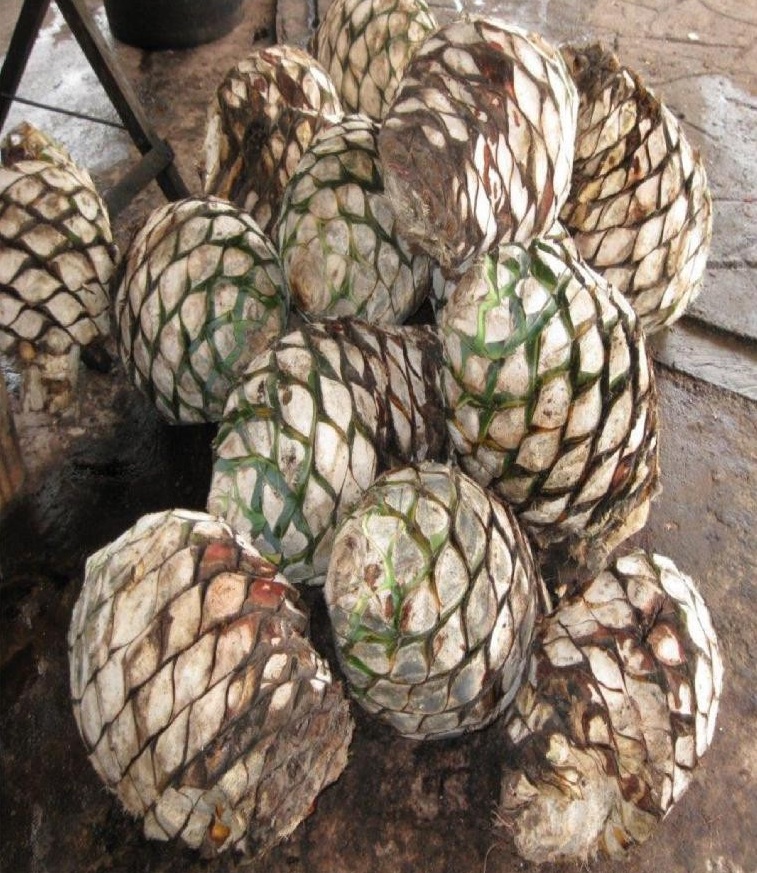

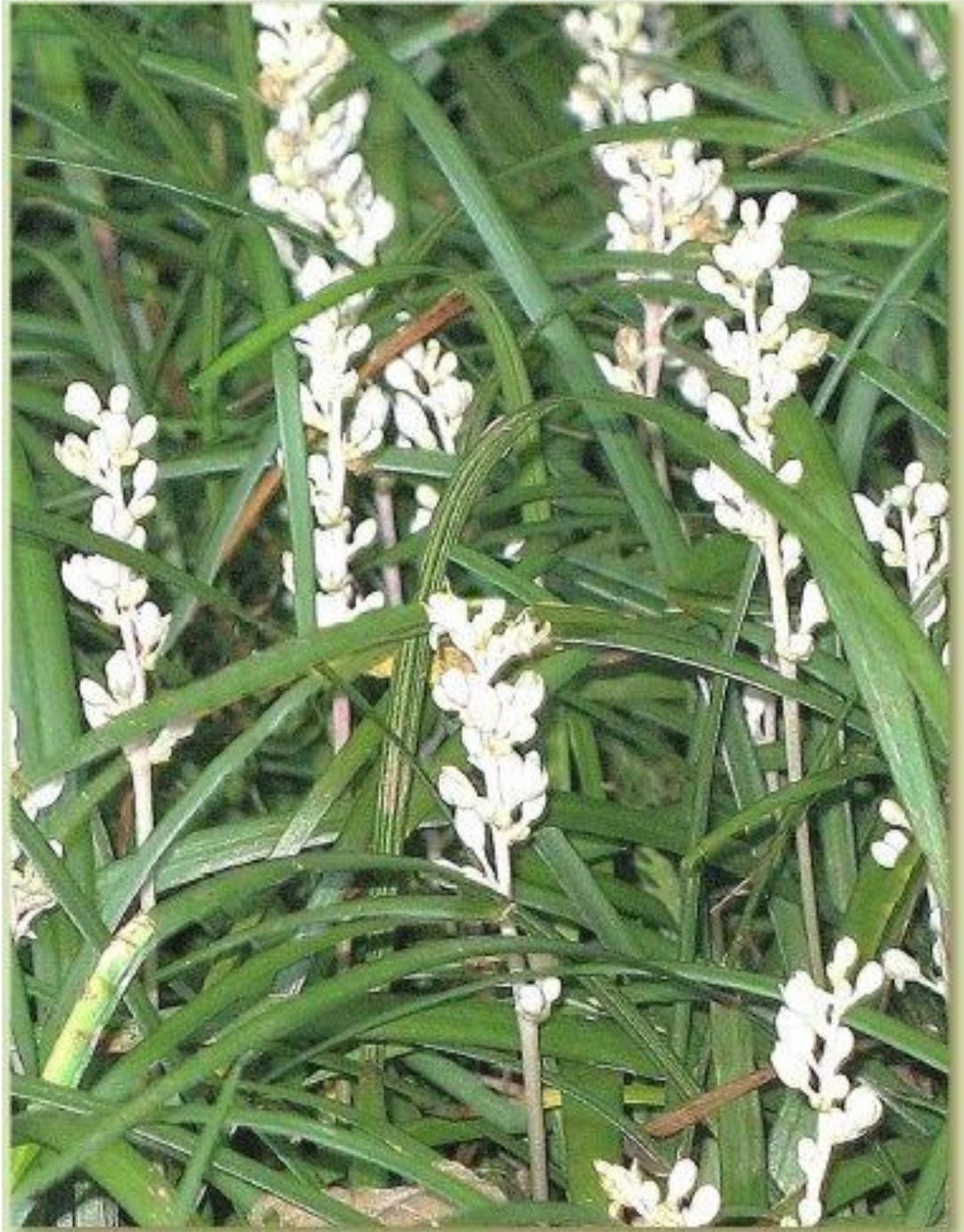


You must be logged in to post a comment.